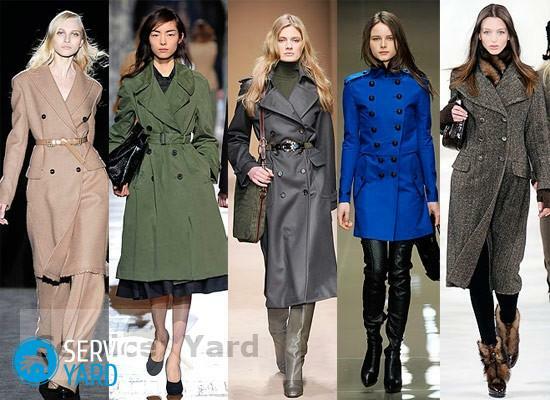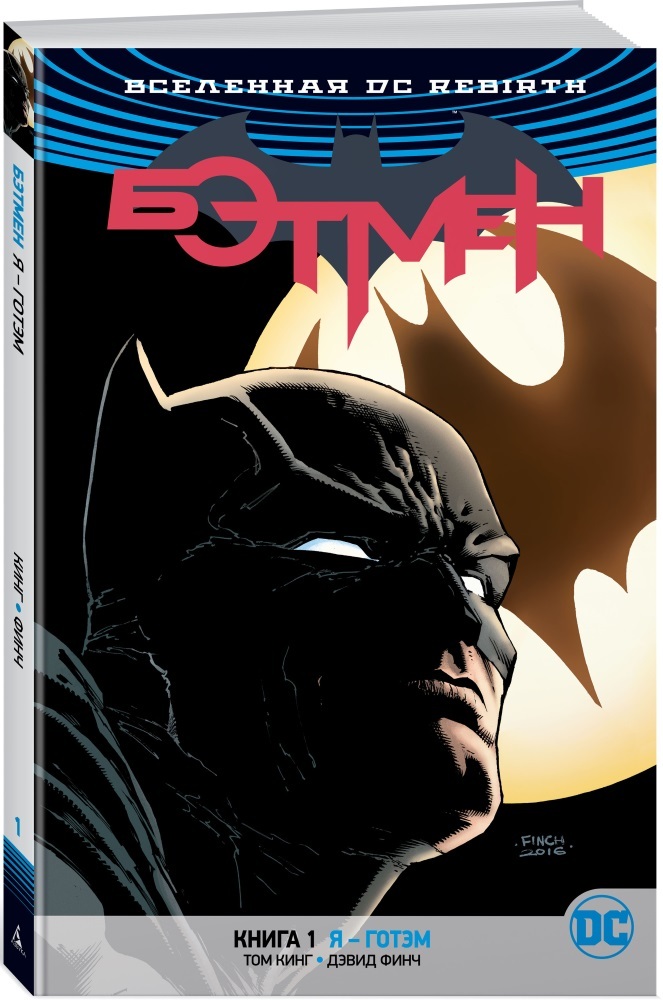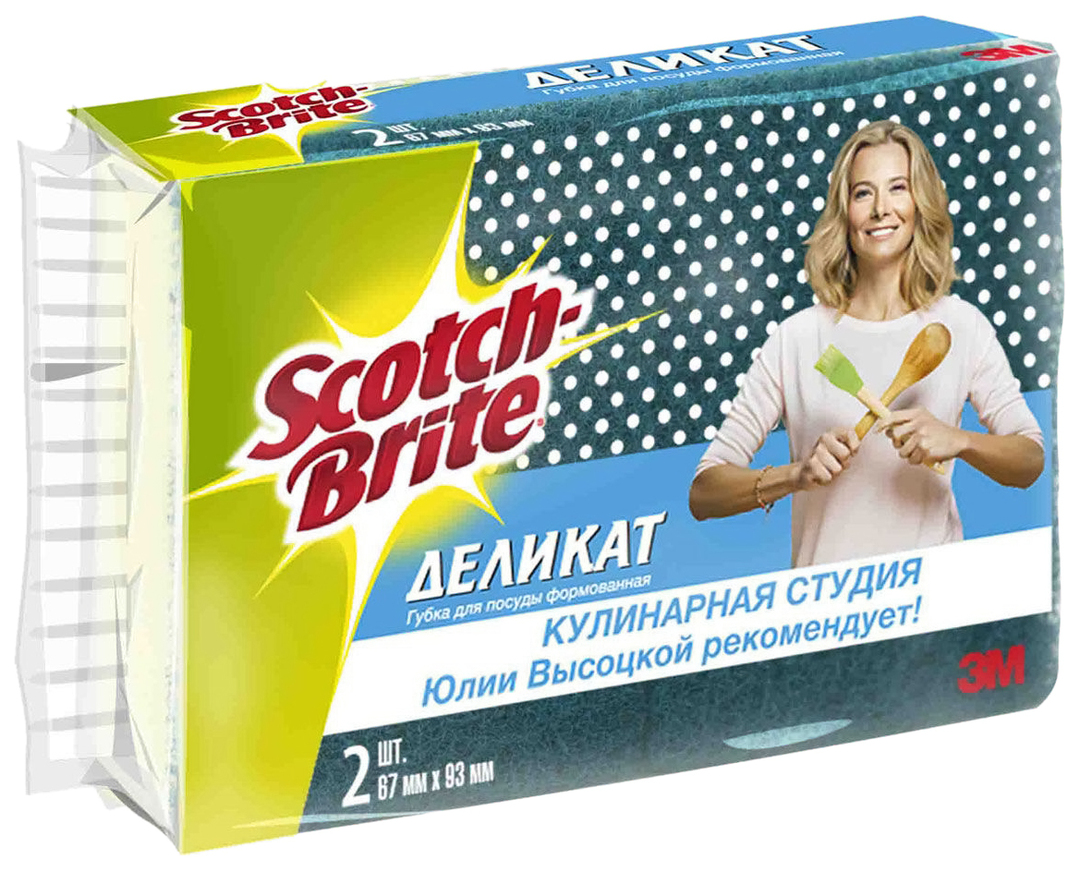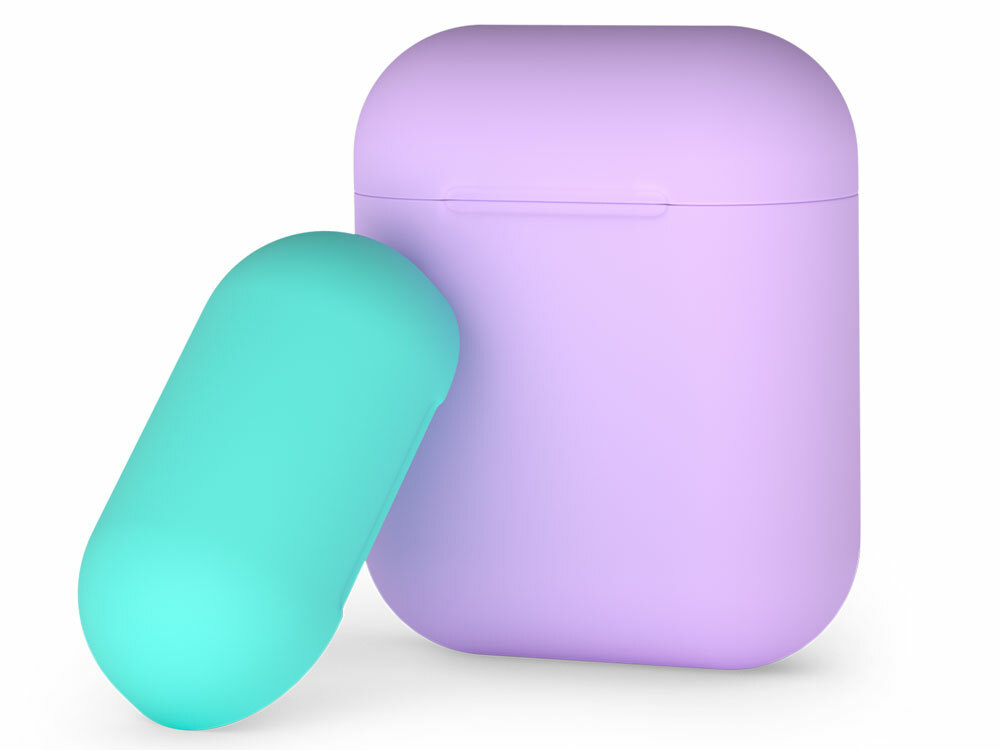
- Classification of fabrics for coats
- Gabardine
- Tweed
- Diagonal
- Crepe
- Boucle
- Cashmere
When choosing a ready-made coat in a store, many wonder how different the prices for a particular product, although outwardly they are similar - in cut, shape, length. In fact, do not be in amazement for a long time, because the fabric for the coat is different, which means that the cost of the whole thing will largely depend on what material the manufacturer preferred to make a masterpiece of outerwear from a particular series. Knowledge of the possible fabrics for a coat is needed in any case - and in order to buy a comfortable, wear-resistant product, and in order to choose the suitable material, if you decide to sew such a thing yourself. From this review you will find out what materials are available on the market for sewing this elegant outerwear and how they differ.
to content ↑Classification of fabrics for
coats There are many signs that distinguish different types of materials for making top winter and demi-season clothing. The most significant are:
- type of material in the base - it can be wool, cotton, synthetic fibers;
- structure - canvases are thin-woven, cloth, nap;
- type of thread used for woven work - can be ordinary, twisted, double;
- embossment - for sewing such products fabrics with a smooth structural surface are used;
- colors - there are both monophonic fabrics and materials, including several colors, mixed in a certain pattern.
The most interesting in terms of design and thermal insulation, as well as wear resistance, comfort and softness are woolen fabrics for coats. Today there are an unlimited number of them on the market - in addition to the standard options, each manufacturer also offers its own, improved in one way or another canvases. Naturally, they all have softness, density and price. We offer a short overview of different types of woolen fabrics for a coat, so that you can identify them in appearance and touch yourself, and also were aware of the pros and cons of each dense in advance.
to the table of contents ↑Gabardine
For the production of this coat, merino wool is used. Due to this, as well as production technologies, the finished product has:
- high rigidity, which allows to keep the product shape well;
- moisture resistance is a very important property that makes it possible to wear such outer clothing even in bad weather;
- does not lend itself to crushing - it facilitates the care of the thing.
 Appearance is a monophonic fabric for a coat, which has a pattern in the form of a small textured angular hem.
Appearance is a monophonic fabric for a coat, which has a pattern in the form of a small textured angular hem.
Tweed
This material is based on a mixed composition of different proportions of wool, viscose and acrylic. Tweed canvases are produced on the combined technology of weaving. Due to this, the front side can be made with different patterns and the thickness of the material varies.
Tweed is a classic inexpensive fabric for a coat and it is very practical to wear.
to content ↑Diagonal
The diagonal stands out among the entire range of woolen fabrics for outerwear with its elasticity and perfectly smooth texture. The standard design of such a fabric is a small double hem, located at an angle.
to content ↑Crepe
This is another variant of combined fabric for a coat that includes not only woolen, but also viscose, nylon and nitron fibers. Due to this, it is possible to drape the material, and when socking and sewing it is necessary to take into account that it extends far enough. The fabric is made of tightly twisted yarns - this gives a rough texture.
to Contents ↑Boucle
Very beautiful and exquisite material that is great for sewing an original coat. The composition has fibers of natural wool, as well as mohair and synthetic acrylic. They are woven into a small structural pattern, and it can be either monophonic or monochrome.
For all its attractiveness, this fabric for a coat is like a boucle, very delicate. Due to the loose structure, it quickly becomes soiled and difficult to clean. And over time, with a careless toe of a thing, there may appear little aesthetic elongated loops and puffs.
to content ↑Cashmere
Cashmere is the most expensive fabric for a coat, but it is like no other that will allow you to always feel cozy, warm and beautiful in things from this canvas. Very thin fibers from undercoat of cashmere goats are used for manufacturing. The exterior design is made with twill weaving. Most often cashmere is made in one color, but the modern palette is represented both by classical pastel tones, and more fashionable, bright. This makes it possible not to limit yourself in choosing the right shade for your clothes, but to start from only the style and the preferred style.
Drape
Drape is a huge group of fabrics that are produced both from natural and synthetic fibers. Depending on the goal, manufacturers include at their own discretion nylon, polyester, viscose, nitron, cotton. Usually, the staining is performed even before the threads are weaved on a special apparatus.
A distinctive feature of this category of cloths is that the direction and height of the pile can be absolutely anything - it all depends on the specific model. The pattern is small and coarse-grained, with the inclusion of mulled yarn, melange and shaped wool. But all this refers to the appearance of the canvas. The inner part of such a fabric for a coat usually has a comfortable, felt-like structure, which ensures its high thermal insulation properties and wear resistance.
The presented species are far from a complete list of all possible fabric variants for a coat. Along with such canvases, woolen ratin, flakome and velor are widely used, as well as lighter ones based on cotton - corduroy, moleskin. What exactly to give preference, choose, proceeding from own perception of a fabric, after all at different people the same material causes different sensations at a touch. Of course, do not forget that outerwear should not only be beautiful, but first and foremost - practical.



